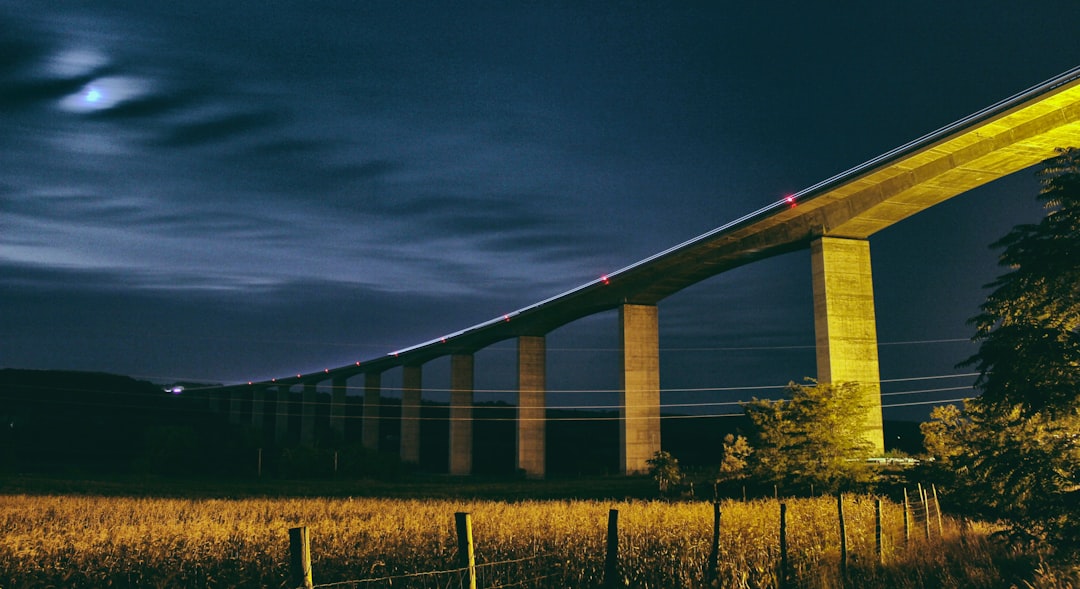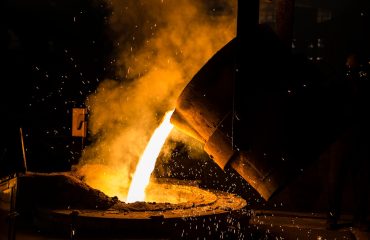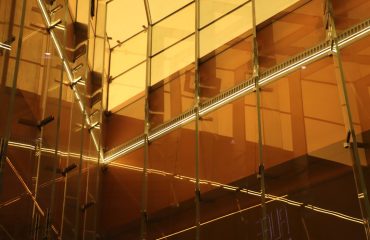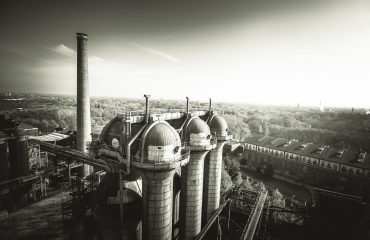Industrial steel frame projects are transforming the landscape of construction, offering unparalleled strength, speed, and flexibility. From sprawling warehouses to sleek modern factories, steel frames provide the backbone for countless structures. This comprehensive guide delves into the world of industrial steel frame projects, exploring their design, construction, advantages, diverse applications, and future trends.
1. Design Considerations for Industrial Steel Frame Projects
The design phase is paramount in ensuring a successful industrial steel frame project. Several key factors must be considered:
- Structural Load Calculations: Accurate load calculations are crucial to determine the appropriate size and strength of steel members. This involves considering live loads (equipment, materials, people), dead loads (the weight of the structure itself), and environmental loads (wind, snow, seismic activity).
- Material Selection: Different grades of steel possess varying strength and corrosion resistance. The choice of steel grade depends on the specific project requirements, budget, and environmental conditions. Factors like yield strength, tensile strength, and ductility are carefully evaluated.
- Connection Design: The connections between steel members are critical for structural integrity. Welded connections offer high strength and stiffness, while bolted connections allow for easier assembly and disassembly. Designers must ensure proper connection detailing to prevent premature failure.
- Fire Protection: Steel’s susceptibility to fire necessitates the implementation of fire protection measures. This can involve the application of fire-resistant coatings, intumescent paints, or the use of fire-rated cladding.
- Sustainability: Increasingly, sustainable design practices are incorporated into steel frame projects. This includes using recycled steel, minimizing material waste, and optimizing energy efficiency through building design and insulation.
2. Construction Process of Industrial Steel Frame Buildings
The construction process for industrial steel frame projects is generally efficient and fast-paced. Key stages include:
- Site Preparation: This involves clearing the land, excavating foundations, and preparing the ground for the steel erection.
- Steel Fabrication: Steel members are fabricated off-site in a controlled environment, ensuring precision and quality control. This prefabrication significantly reduces construction time on-site.
- Steel Erection: Using cranes and specialized equipment, prefabricated steel members are erected on-site. This process requires skilled labor and meticulous coordination.
- Cladding and Roofing: Once the steel frame is erected, cladding (exterior walls) and roofing are installed. A variety of materials can be used, depending on the project’s requirements.
- MEP Installation: Mechanical, electrical, and plumbing (MEP) systems are installed within the completed steel frame structure.
- Finishing Works: Final touches include interior finishes, painting, and landscaping.
3. Advantages of Utilizing Industrial Steel Frames
Steel frames offer numerous advantages over traditional construction materials:
- Strength and Durability: Steel’s high strength-to-weight ratio allows for the construction of large, robust structures capable of withstanding significant loads.
- Speed of Construction: Prefabrication and efficient erection techniques significantly reduce construction time compared to other methods.
- Cost-Effectiveness: While initial material costs might be higher, the speed of construction and reduced labor costs often result in overall cost savings.
- Design Flexibility: Steel frames allow for a wide range of design possibilities, enabling architects and engineers to create unique and innovative structures.
- Sustainability: Steel is a highly recyclable material, contributing to environmentally friendly construction practices.
- Resistance to Pests and Rot: Unlike wood, steel is not susceptible to insect infestation or rot, resulting in longer lifespan and lower maintenance costs.
4. Diverse Applications of Industrial Steel Frame Structures
Industrial steel frames are incredibly versatile and find applications in a wide array of projects:
- Warehouses and Distribution Centers: Steel frames provide the ideal structure for large, open-plan spaces needed for efficient storage and logistics.
- Manufacturing Facilities: Steel’s strength and durability make it suitable for heavy industrial applications, supporting machinery and equipment.
- Agricultural Buildings: Steel frames are used in barns, sheds, and other agricultural structures, offering protection from the elements.
- Commercial Buildings: Steel frames are increasingly used in retail spaces, office buildings, and other commercial structures.
- Stadiums and Arenas: Large-span steel structures are used to create expansive indoor spaces for sporting events and entertainment.
5. Future Trends in Industrial Steel Frame Construction
The future of industrial steel frame construction is marked by innovation and sustainability:
- Advanced Steel Alloys: New steel alloys with enhanced strength, corrosion resistance, and durability are constantly being developed.
- Building Information Modeling (BIM): BIM is revolutionizing the design and construction process, improving collaboration and reducing errors.
- Prefabrication and Modular Construction: Increased use of prefabricated components and modular construction techniques will further accelerate construction times.
- Sustainable Design Practices: The focus on sustainable construction will continue to drive the adoption of recycled steel and energy-efficient design strategies.
- Automation and Robotics: Automation and robotics are being integrated into steel fabrication and erection, improving efficiency and safety.
In conclusion, industrial steel frame projects offer a powerful and versatile solution for a wide range of construction needs. Their strength, speed, and cost-effectiveness, combined with ongoing innovations in design and construction techniques, solidify their position as a leading choice for modern industrial and commercial projects.




